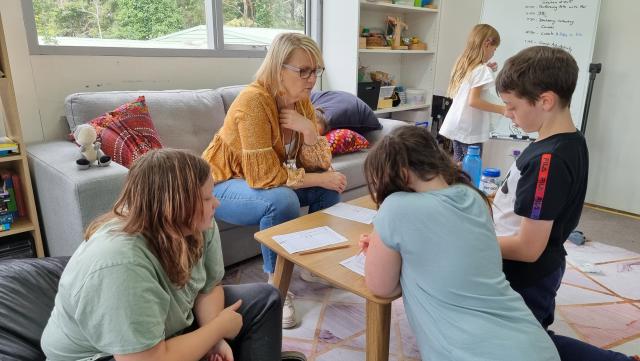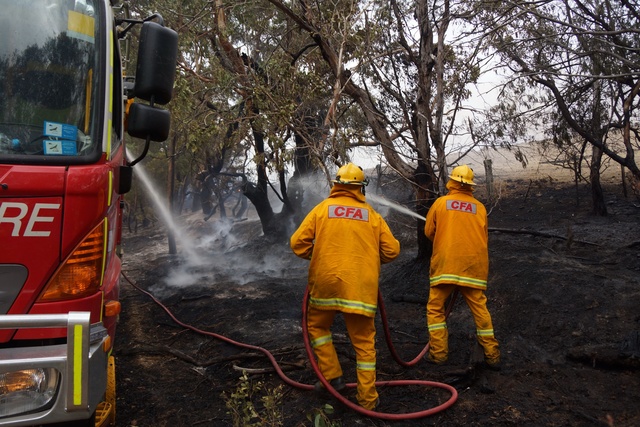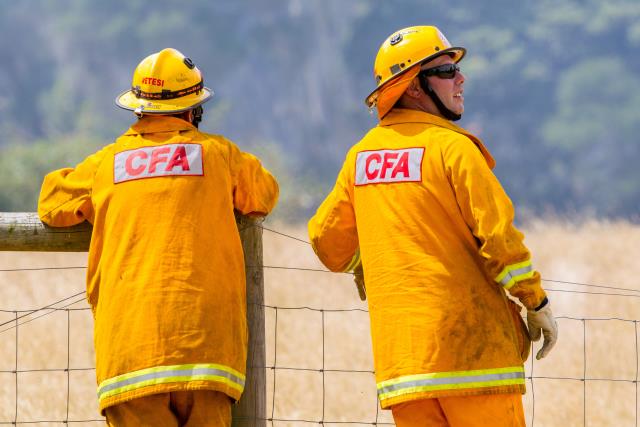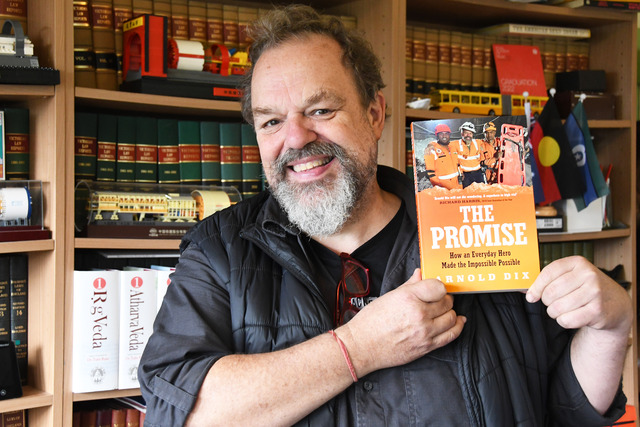An independent school in The Basin is one of the smallest combined primary and secondary education providers in the state, according to recent student to teacher ratio data from Schools Hub.
Fernbrook School is currently home to 40 students aged from Prep to Year eight, with 10 staff members.
“The founders of the school just really wanted that environment for their children and other children to go where relationships and connection came first, and then that would mean that if our students are happy, then they’re in the best position to engage in effective learning,” Principal Matthew Nye said.
The school’s predominantly play-based junior class is made up of six foundation and Grade one students, with the middle school group made up of 14 students from grades two to six.
The high school cohort includes 17 Year seven and Year eight students combined.
There are two teachers in each of the three groups.
“In the junior class, we have two part time teachers that share the load,” Mr Nye said.
“In the middle years we have a full time teacher and a part time teacher, but always two adults in the room, and then in the high school it’s a mixture of full time and part time as well.”
While junior students are not broken into separate classes, they are conferenced with individually.
Older students are split into small groups for English, Maths and Science.
Mr Nye said small class sizes in a multi-age setting are beneficial for students’ wellbeing and their connection with teachers.
“You get younger students who are able to learn from the older students in the class, especially in our middle years,” Mr Nye said.
“The year sixes, for example, get an opportunity to consolidate their learning and to [self-regulate]…for the benefit of younger children.
“There’s a lot of social learning that happens behind the scenes, or covertly, within that group.”
By focusing on project based learning and student led enquiries, both individual and collaborative, students are prepared to work in teams and meet deadlines in the workforce, according to Mr Nye.
“We try and provide student-led learning as much as possible, so as we do that, students are independently engaged with their task and it gives a teacher an opportunity to sit down next to a child and to guide them through their project and talk about the next steps and to review and edit what they’ve done already,” he said.
“You can break off into those even smaller groups that target specific students needs….it all works together really well.”
In 2022, the average student to teaching staff ratio for all schools was 13.1 students to one teacher, according to ABS census data.
Independent schools recorded the highest growth rate (3.3 per cent) last year, followed a one per cent growth rate increase for catholic schools, ABS data showed.
Mr Nye said Fernbrook School has received approval to run a Year nine cohort in 2024 and is expected to offer Year 10 in 2025.
“We’ve got two and a half years to finalise our preparations for what is beyond Year 10 at Fernbrook. We could pursue a VCE-type journey, or we could pursue more a vocational type space for our students, or we might stop at Year 10,” he said.
“The students that we currently have now, their future and their well being, that’s very important to us, so we want to make sure that we’re providing them with the best chances and the best future possible.”







